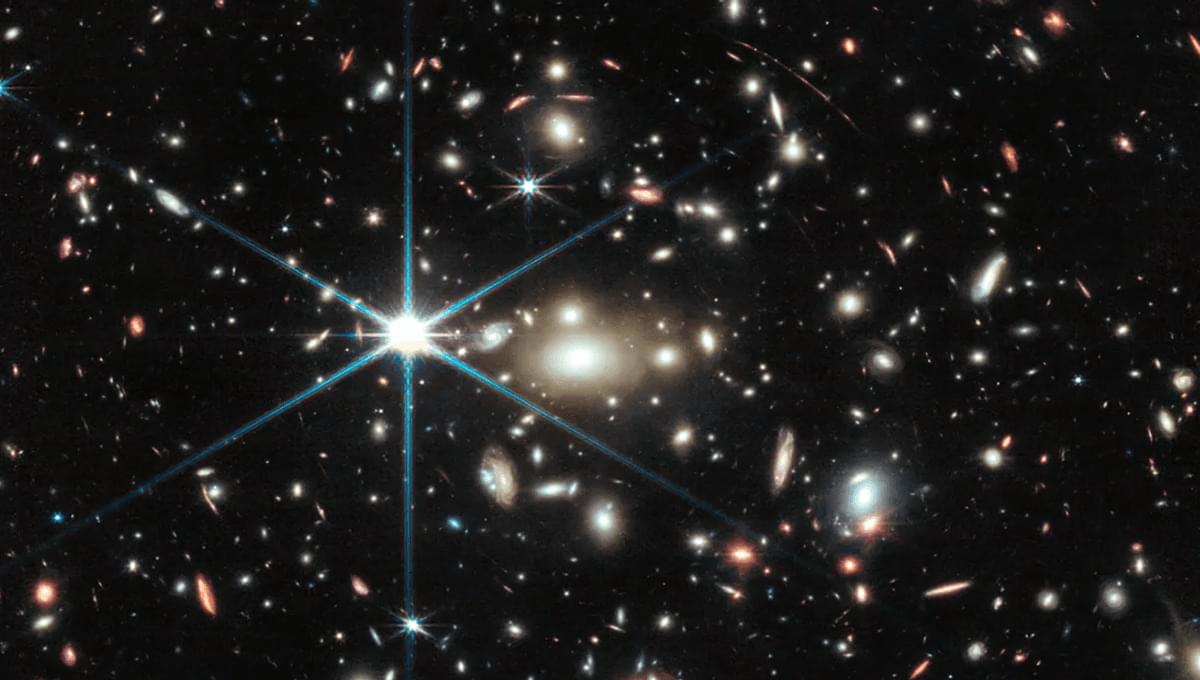Scientists say Alaska could get up to 50 seconds of warning before major quakes, using technology adapted to the state’s unique seismic risks.
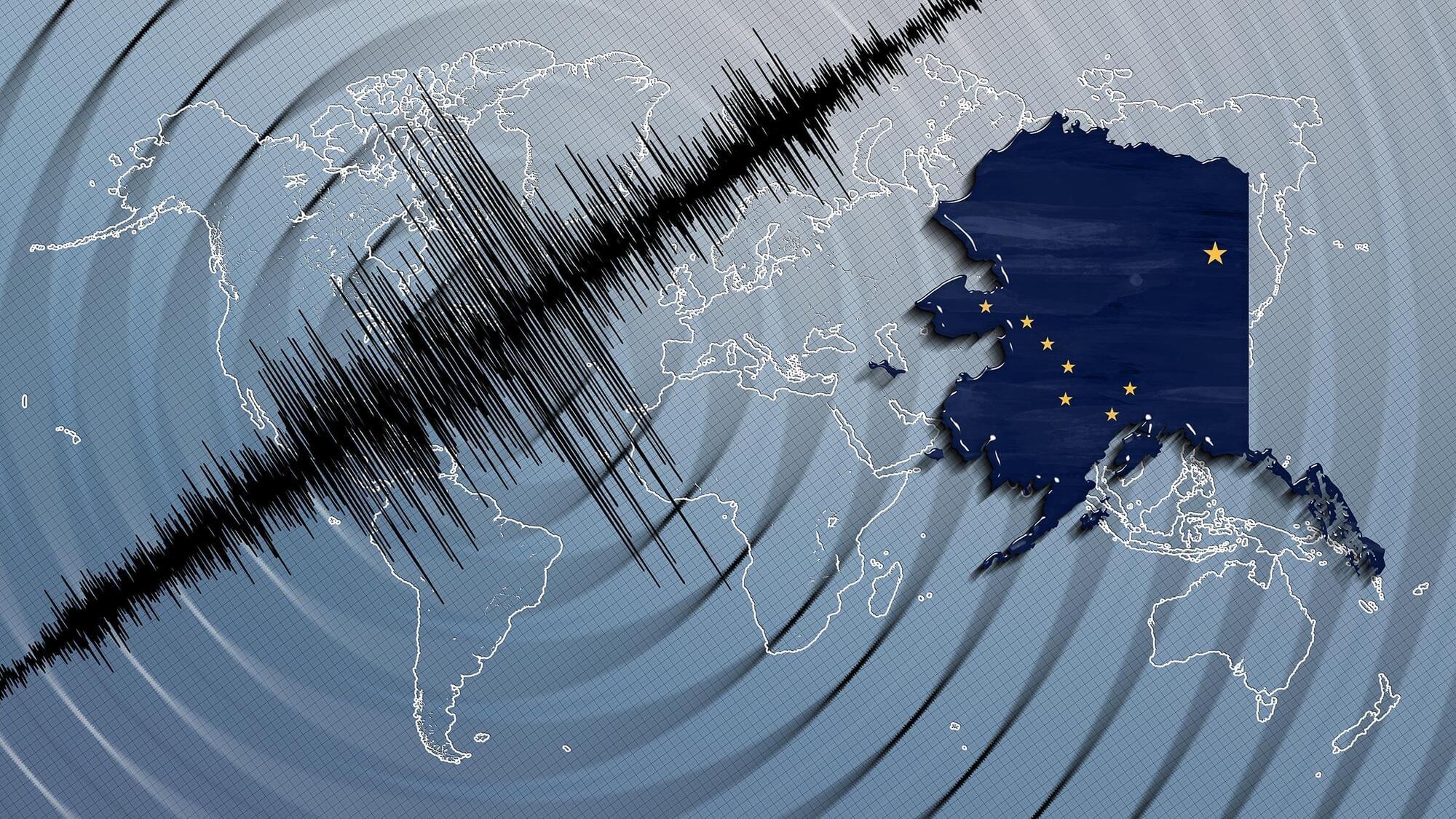



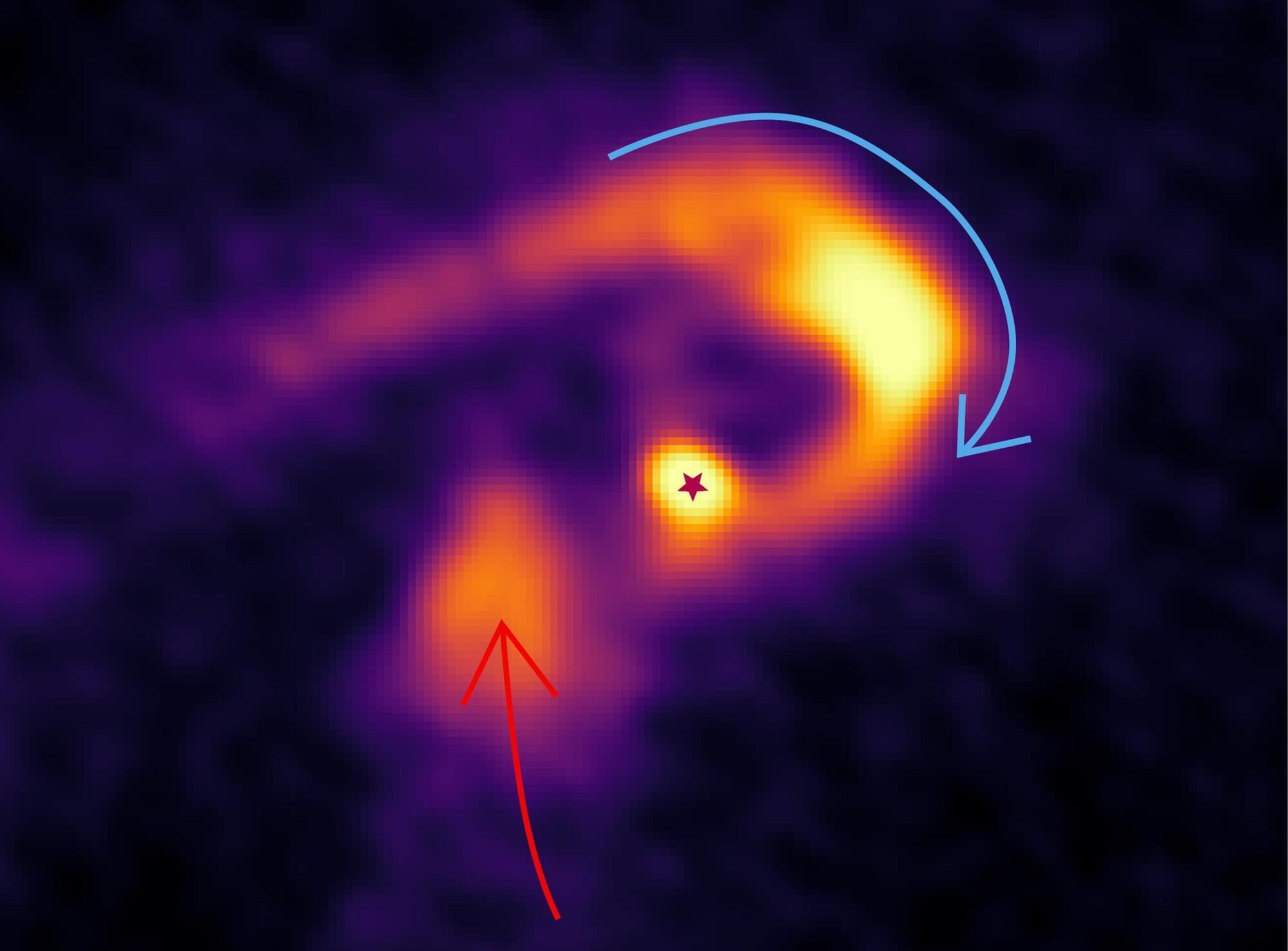
The size of our universe and the bodies within it is incomprehensible to us lowly humans. The sun has a mass that is more than 330,000 times that of our Earth, and yet there are stars in the universe that completely dwarf our sun.
Stars with masses more than eight times that of the sun are considered high-mass stars. These form rapidly in a process that gives off stellar wind and radiation, which could not result in stars of such high mass without somehow overcoming this loss of mass, or feedback. Something is feeding these stars, but how exactly they can accumulate so much mass so quickly has remained a mystery.
Observations have proposed that enormous disk-like structures that form around a star— accretion disks —might be the chief way of rapidly feeding young stars. However, a team of researchers from several institutions, including Kyoto University and the University of Tokyo, has discovered another possibility.
3 minutes? 13? 30? Where’s the limit?


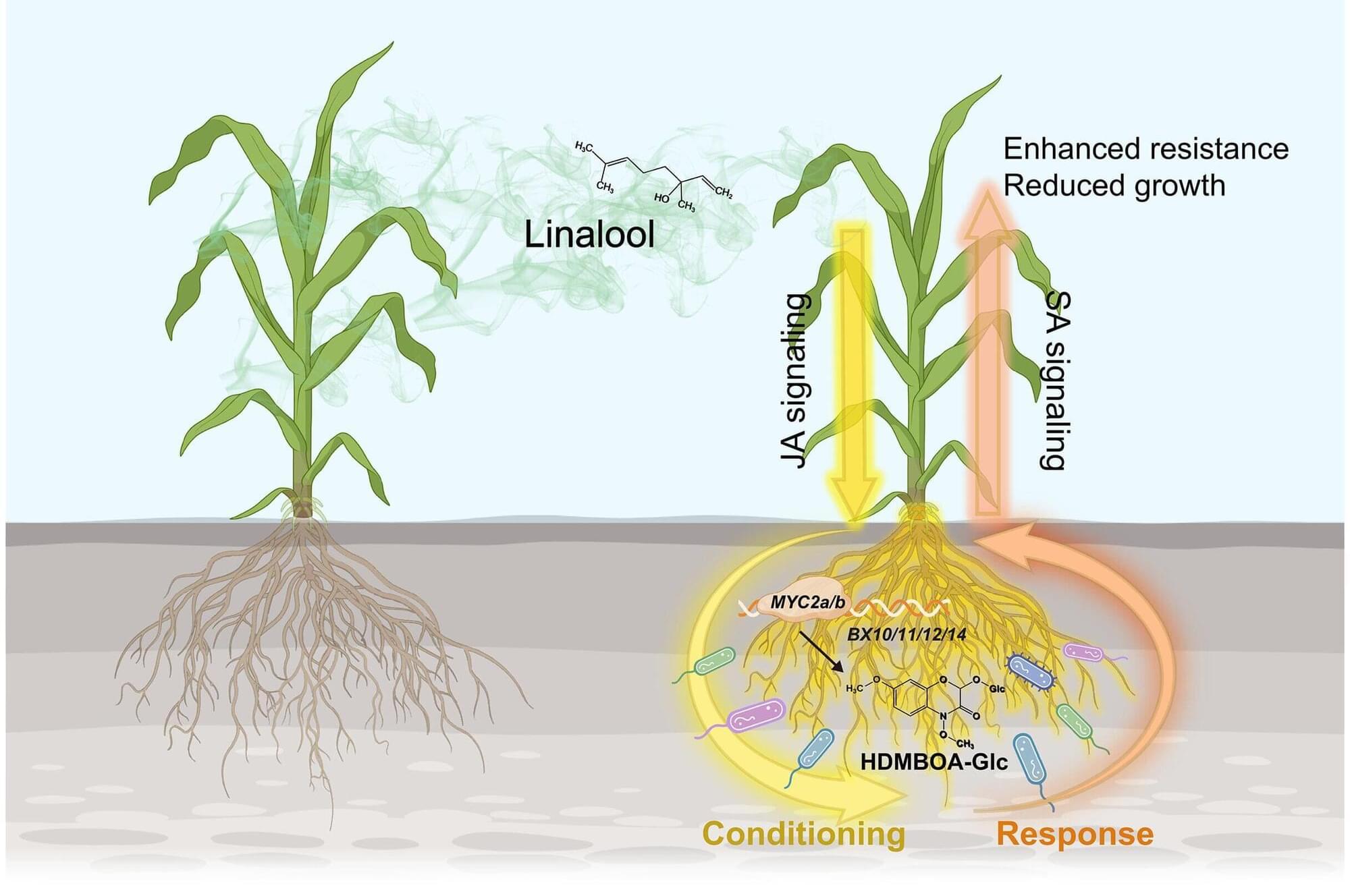
When maize fields become too crowded, the plants signal each other to boost their defenses. A research team led by Dongsheng Guo of Zhejiang University found that in crowded conditions, maize plants release a volatile gas called linalool into the air. When it reaches neighboring plants, the gas triggers a defensive response in their roots.
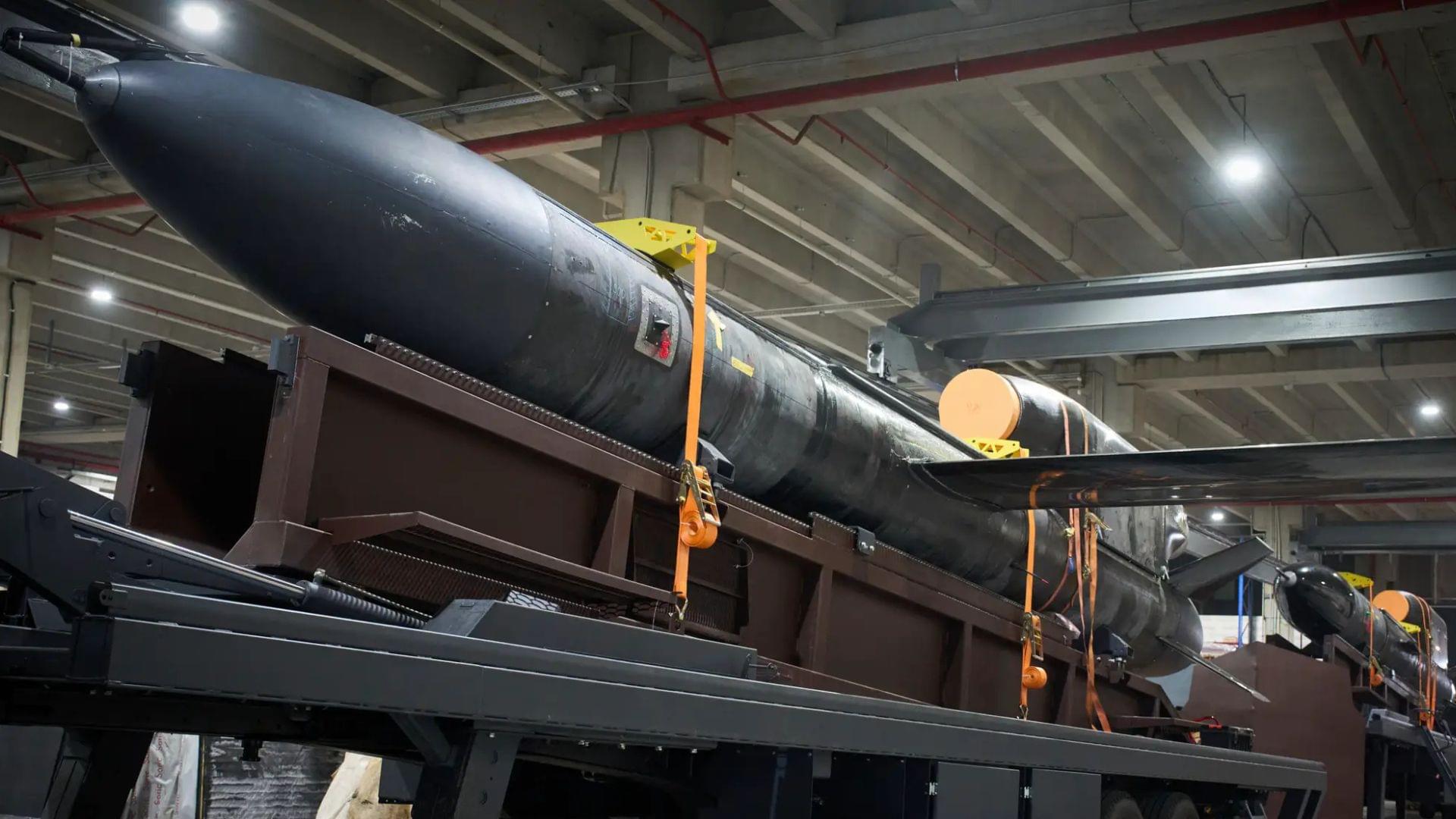
Ukraine’s biggest-ever cruise missile carries 2,205-pound warhead, 1,860-mile range.
A Ukrainian defense manufacturer has unveiled the country’s newest long-range cruise missile, the “Flamingo,” which is reportedly entering serial production, according to photographs shared on social media by an Associated Press photographer, Efrem Lukatsky, on August 18.
The images, taken inside a facility operated by the defense company Fire Point, show the missile during assembly.
According to Lukatsky, the missile is intended to strike targets more than 3,000 kilometers (1,864 miles) away, extending Ukraine’s ability to hit strategic targets deep inside Russian-controlled territory.
